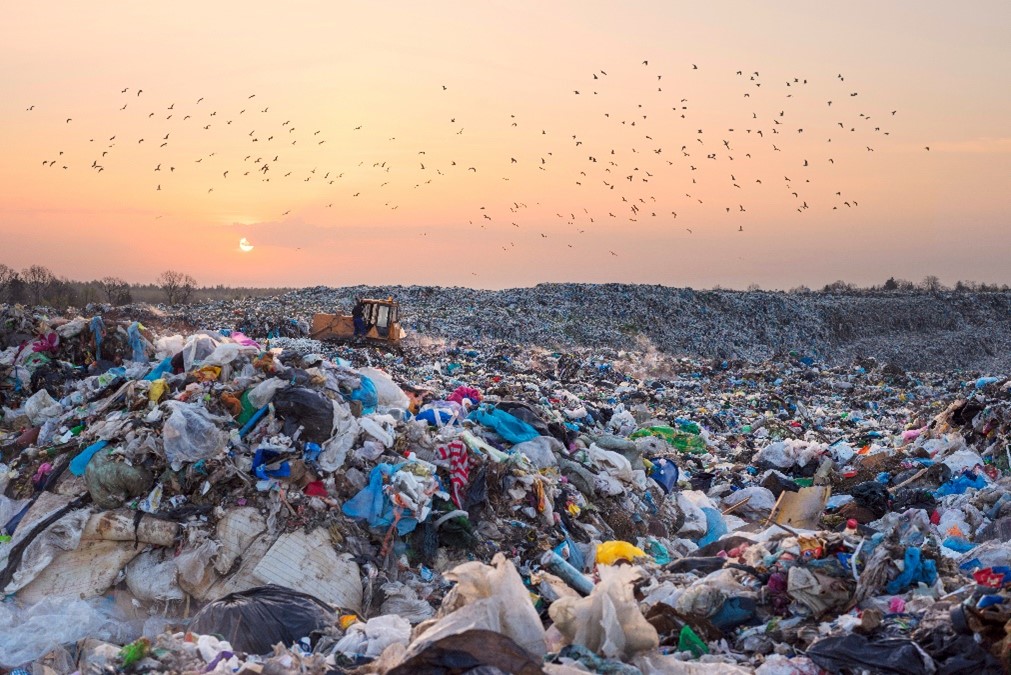Causes of Food Waste
1]Agricultural Practices:Inefficiencies in farming, harvesting, and storage lead to significant food
losses. Poor handling techniques and inadequate infrastructure can cause crops to spoil before they
even reach the market.
2]Production and Processing: During food processing, a considerable amount of waste is generated. This
includes substandard produce, trimmings, and by-products that are often discarded.
3]Retail and Distribution: Supermarkets and retailers contribute to food waste by rejecting imperfect
produce, overstocking, and failing to sell products before their expiration dates.



